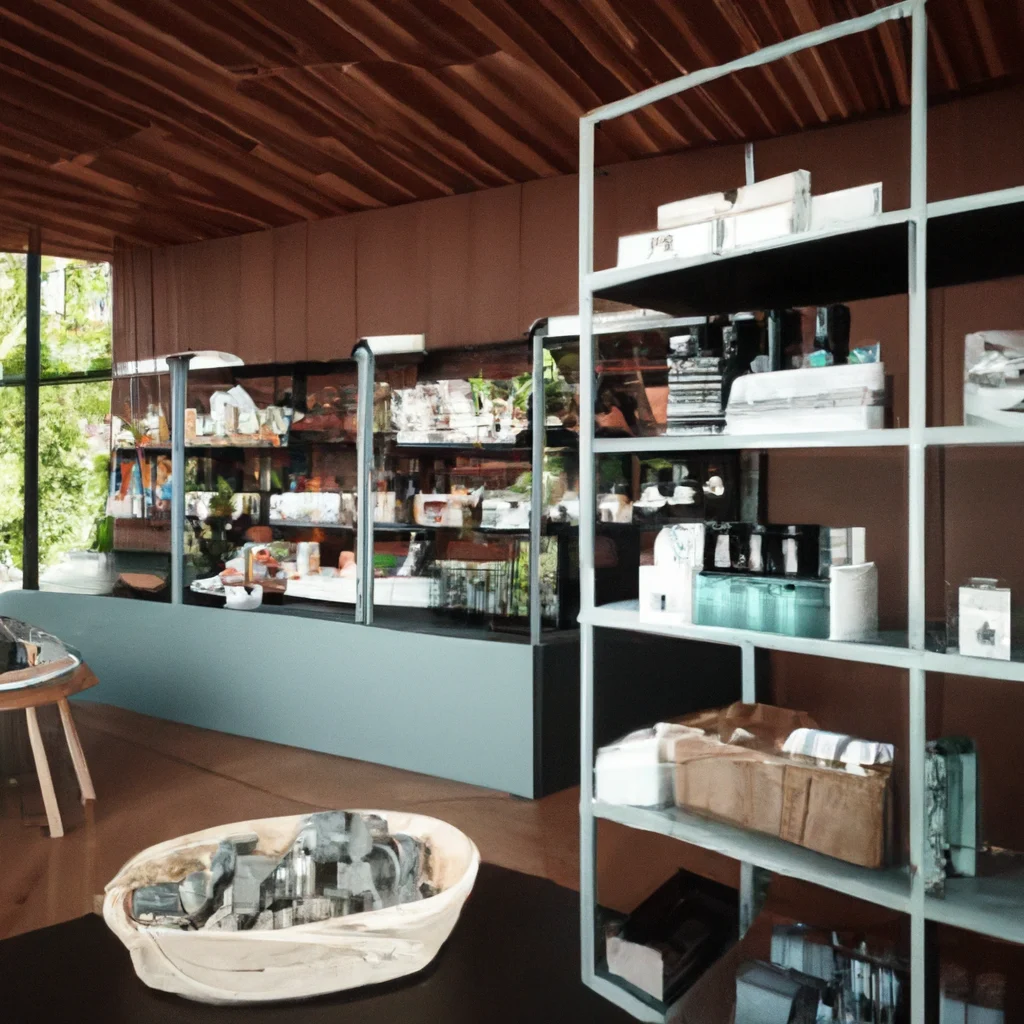Understanding Sustainable Beauty Brands
Sustainable beauty brands focus on producing cosmetics and personal care products that prioritize environmental responsibility, ethical sourcing, and social consciousness. In recent years, the demand for such brands has surged as consumers become increasingly aware of the impact their choices have on the planet. This trend is particularly pronounced in the U.S., where a growing number of brands are committed to sustainable practices. We will explore various aspects of sustainable beauty brands thriving in the U.S., including their principles, practices, and notable brands leading the charge.
The Principles of Sustainable Beauty
Sustainable beauty is guided by several core principles that define what it means to be environmentally and socially responsible. These principles include:
1. Ethical Sourcing
Sustainable beauty brands prioritize sourcing ingredients that are harvested in a manner that respects the environment and local communities. This often involves using organic or fair-trade ingredients and ensuring that the sourcing process does not contribute to deforestation or biodiversity loss.
2. Eco-Friendly Packaging
Many sustainable brands are committed to reducing plastic waste by utilizing biodegradable, recyclable, or reusable packaging options. Innovations in packaging materials, such as compostable containers and refillable systems, are becoming standard practice in the industry.
3. Cruelty-Free Practices
Ethical treatment of animals is a significant concern for many consumers. Sustainable beauty brands often proudly display cruelty-free certifications, indicating that their products have not been tested on animals at any stage of development.
4. Transparency
Sustainable brands typically maintain transparency about their sourcing, manufacturing processes, and ingredient lists. This openness fosters consumer trust and allows shoppers to make informed decisions about the products they choose.
Key Trends in Sustainable Beauty
As the sustainable beauty movement continues to grow, several trends have emerged that reflect changing consumer preferences and industry innovations.
1. Clean Beauty
The clean beauty movement emphasizes products made without harmful chemicals. Consumers are increasingly seeking formulations free from parabens, sulfates, synthetic fragrances, and other potentially harmful substances.
2. Minimalist Ingredients
Many sustainable brands are adopting a minimalist approach to their formulations, focusing on a few high-quality ingredients rather than long lists of additives. This trend aligns with the growing consumer interest in transparency and simplicity.
3. Inclusivity in Product Offerings
Sustainable beauty brands are recognizing the importance of inclusivity by offering products that cater to a diverse range of skin tones and types. This shift is fostering a more equitable beauty industry.
4. Local Sourcing
To reduce carbon footprints and support local economies, many brands are opting to source ingredients locally. This trend not only benefits the environment but also helps build community connections.
Notable Sustainable Beauty Brands in the U.S.
Several brands are leading the way in the sustainable beauty sector, each showcasing unique approaches to eco-consciousness.
1. Tata Harper
Tata Harper is renowned for its 100% natural and non-toxic skincare products. The brand utilizes its own farm in Vermont to grow many of its ingredients, ensuring quality and sustainability.
2. RMS Beauty
RMS Beauty focuses on creating makeup products that are free of harmful chemicals. Their commitment to organic ingredients and sustainable packaging has garnered a loyal following among eco-conscious consumers.
3. Beautycounter
Beautycounter advocates for safer skincare and cosmetics, pushing for stricter regulations on the beauty industry. Their extensive range of products is made with safe, high-quality ingredients.
4. 100% Pure
100% Pure offers a wide array of skincare and makeup products made from natural ingredients, emphasizing the use of fruit pigments for color. Their commitment to sustainability extends to packaging and ingredient sourcing.
Challenges Facing Sustainable Beauty Brands
Despite the positive growth in sustainable beauty, brands face several challenges that can hinder their progress.
1. Cost of Sustainable Ingredients
High-quality, sustainably sourced ingredients often come at a premium price, which can lead to higher retail costs. Brands must balance their commitment to sustainability with the need to remain affordable for consumers.
2. Competition from Conventional Brands
Conventional beauty brands with larger marketing budgets can overshadow smaller sustainable brands, making it difficult for them to gain visibility and market share.
3. Consumer Awareness
While interest in sustainability is growing, not all consumers prioritize eco-friendly options. Brands must invest in educating consumers about the benefits of sustainable beauty products.
The Future of Sustainable Beauty
The future of sustainable beauty looks promising as more consumers prioritize eco-conscious choices. Innovations in technology, ingredient sourcing, and production methods will likely continue to evolve, shaping the landscape of the beauty industry.
1. Advances in Sustainable Technology
Technological advancements are paving the way for more efficient and sustainable production methods. From lab-grown ingredients to innovative packaging solutions, the potential for growth in this sector is vast.
2. Increased Regulation and Standards
As consumer demand for transparency grows, we can expect more regulations governing the beauty industry. Stricter standards for labeling and ingredient sourcing will help protect consumers and the environment.
3. Community-Centric Approaches
Future sustainable brands may increasingly adopt community-centric approaches, focusing on local sourcing and supporting regional economies. This shift can strengthen the bond between brands and consumers.
Conclusion
Sustainable beauty brands in the U.S. are leading a significant shift in the beauty industry toward more responsible practices. By prioritizing ethical sourcing, eco-friendly packaging, and transparency, these brands are setting new standards for what it means to be a beauty company in today’s environmentally conscious market. As consumers continue to demand higher accountability from brands, the future of sustainable beauty looks bright. For those interested in exploring lifestyle choices that prioritize sustainability, consider visiting Nivax Lifestyle for further insights and resources.


